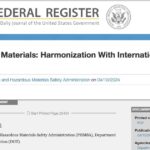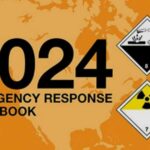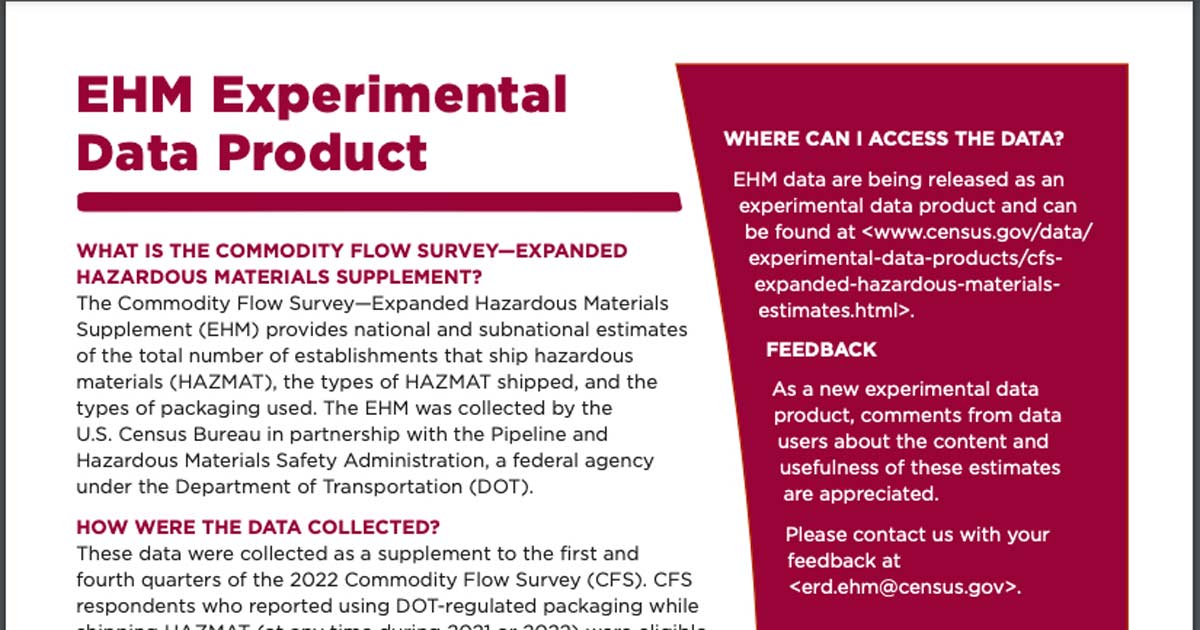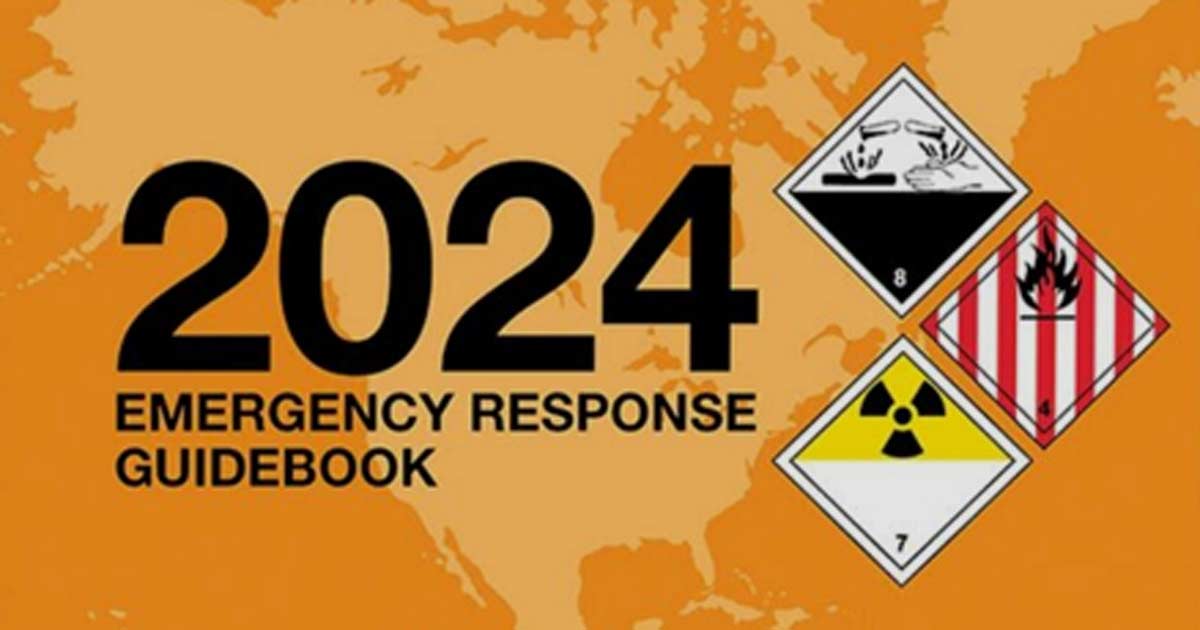By Robyn Kinsley, Vice President of Transportation & Emergency Preparedness, The Chlorine Institute
The Chlorine Institute established one of its flagship programs in 1972 – CHLOREP[1] – to prepare and educate industry and first responders to assure effective emergency response preparedness, prevention, and mitigation of chlorine incidents. This includes ensuring timely and professional responses by industry CHLOREP Teams in transportation and smaller end-user facilities.
CI’s chlorine emergency response protocols, guidance, and communication have continuously evolved over the years, resulting in CHLOREP being a very effective and efficient system for protecting the public during chlorine emergencies. First responders are a key participant in ensuring this outcome.
Also Read: Four Lessons from Chlorine Leaks
In addition to conducting free training for first responders (in cooperation with other TRANSCAER sponsors), CI has developed publications and focused guidance to enhance chlorine emergency response efforts. This month, CI published a new resource for first responders on safely handling “orphaned” chlorine containers. CI defines an “orphaned” chlorine container as a chlorine cylinder or ton container that has been abandoned and is effectively without an owner. Examples of where orphaned chlorine containers can be discovered include:
- Old warehouses or storage rooms that are being cleaned out.
- Industrial facilities/buildings that are being decommissioned.
- On the side of a roadway after falling off a truck.
- Dropped off at a scrap/salvage yard.
- Industrial or processing facilities that used chlorine at one time for disinfection.
- Residential neighborhoods or other random locations after a natural disaster (due to floating away during a flood or hurricane).
First responders are typically the first called to the scene to determine how to handle the chlorine container. A single incident could involve multiple containers. The containers may or may not be actively leaking, but regardless should be handled as an emergency.
Also Read: Can you Knock Down a Chlorine Cloud with a Hose/Master Stream
CI always recommends that first responders call a hazmat emergency call center (in the U.S. it would be CHEMTREC) when they are called to address a chlorine container. By calling CHEMTREC, in particular, a CHLOREP Team is immediately activated to help with the response. However, despite the immediacy of a CHLOREP activation, there will initially be a short period of time when the first responder needs to know what to do to ensure safety to the public.
CI developed this new orphaned chlorine container guidance to aid first responders in making these initial decisions and taking action. The guidance is a very visual, two-page document that can easily be printed and saved in a responder’s report book that is carried in their vehicle. It covers four basic steps for first responders to consider:
Identification – Identifying marks or visual indicators that a responder should make note of to help identify important aspects of the container.
Initial Actions – Initial actions a responder should take (and should not take) to set up for a safe and effective response.
Call and Report – Information for U.S., Canadian, and Mexican hazmat emergency call centers and what information to report when the call is made.
Removal – Information about how a chlorine container can be retrieved for disposal based on whether an owner/supplier can be identified or not.
Also Read: Abandoned bucket of chlorine sparks hazmat call near Cal State Long Beach
CI’s new guidance for first responders can be downloaded from CI’s website at: https://bit.ly/3NtGEC2
CI’s chlorine emergency kit publications relevant to chlorine cylinders and ton containers include:
- IB/A) Chlorine Institute Emergency Kit “A” for 100-lb. and 150-lb. Chlorine Cylinders
- IB/B) Chlorine Institute Emergency Kit “B” for Chlorine Ton Containers
- IB/RV) Chlorine Institute Recovery Vessel for 100 lb. and 150 lb. Chlorine Cylinders
- A-VIDEO) The Chlorine Institute Emergency Kit “A” and Recovery Vessel Instructional Video
- B-VIDEO) How to Use The Chlorine Institute Emergency Kit “B” for Chlorine Ton Containers
These and additional emergency response publications are available for download and streaming for free to first responders. Simply email CI at [email protected] with a request. Additional resources can be found on CI’s website at www.chlorineinstitute.org. Inquiries about CI’s chlorine emergency response resources and training opportunities can be directed to [email protected].
[1] For more details about CI’s CHLOREP Network and other emergency preparedness efforts, visit CI’s website at: https://www.chlorineinstitute.org/emergency-preparedness/emergency-preparedness-overview/
Original post – Copyright © 2024 HazmatNation.com. Externally linked references may hold their own independent copyright not assumed by HazmatNation











